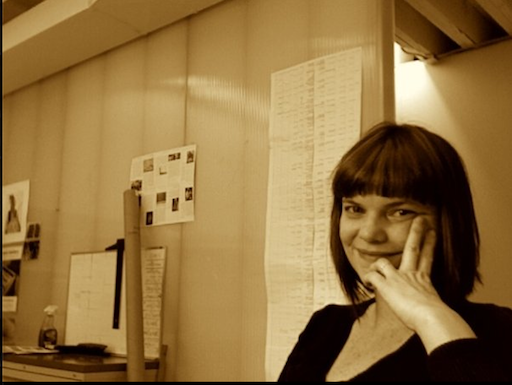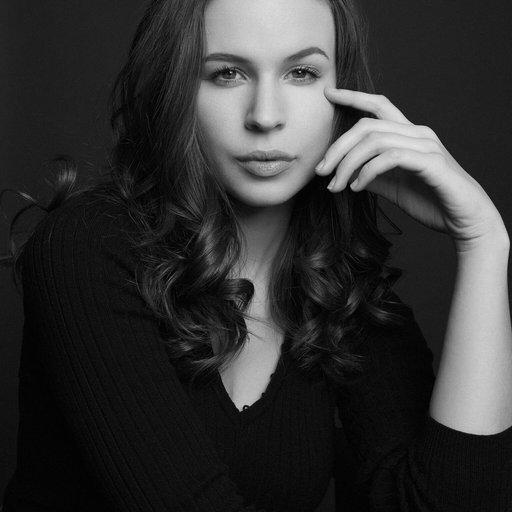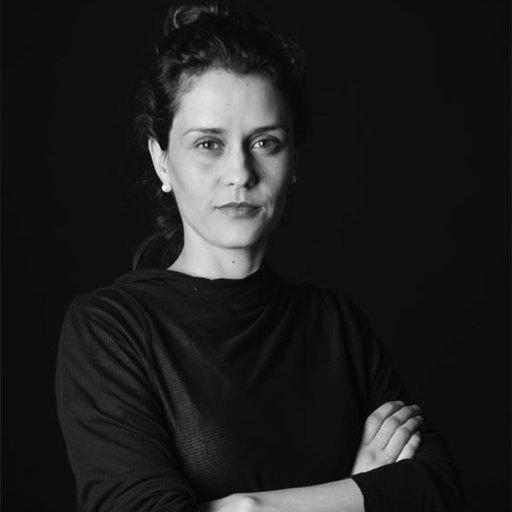Since its founding in 1952 by the photographers Ansel Adams, Dorothea Lange, Barbara Morgan, and Minor White and other pioneers of the medium, the Aperture Foundation has been a powerful engine in the evolution of contemporary photography through both its eponymous magazine and its world-renowned publishing program. For advice on how to new collectors can approach collecting photography, we spoke to Aperture's Kellie McLaughlin about what to look for, common misconceptions, and how the nonprofit—now celebrating its 60th anniversary—offers new buyers a "gateway drug" to collecting.
What advice do you have for someone who is just starting to collect photography?
One thing that I would recommend is to just look at everything you can—make the rounds, go to all the galleries, and constantly be looking at photographs. And then you have to love the picture. What I tell people all the time is, "Buy what you like." I don't really ever buy a photograph with the idea that it's going to appreciate in value or that kind of thing—I buy what I want to live with and what I want to look at and what moves me in some way. You know, if you see a picture and then go home and find yourself thinking about it over and over again, that's probably a good indication that it's something you want to collect and live with. Obviously art is an investment as well, and you can do your homework and look at auction results, but I think the biggest thing is just to kind of be really open to what you're looking at. So, go to the auction previews, go to the galleries, go to openings, and look at the non-profits like Aperture that have photography programs—look at a lot of work, and then the thing that you respond to emotionally is what you end up bringing home. Also, benefit auctions are a great way to grow your collection and get access to wonderful work while at the same time supporting an arts organization. Aperture will be celebrating its 60th anniversary this year with a gala dinner and auction on October 23rd—it is not to be missed! There will be works by some of the key photographers in Aperture's history.
Is collecting photography a good entry point to collecting art in general?
Yes, since it's an accessible medium, so people can easily understand it and respond to it—it's not as scary as some other types of contemporary art to start with. Also, when you're a new collector and you're looking around in terms of price point, photography can be really appealing because it requires a smaller investment than other mediums. Plus there's the fact that photography is such a part of the contemporary art scene now, and if you look at the latest auction results you can see that the value can correspond to that. There's just so much great work out there, too.
Of course, there are people who build major collections exclusively of photography.
Absolutely. The chairman of our board, Celso Gonzalez-Falla, and his wife, Sondra Gilman, have one of the best photo collections in the world. The Museum of Contemporary Art Jacksonville just did a show of their collection, and it was just amazing to see the breadth of it all—you can tell it's their life's passion. That's the other part of collecting, that it becomes a passion for people, and I think that's a really great thing.
Contemporary photography can be challenging, too, since artists today often bring a conceptual twist to their work. How can new collectors prepare themselves to approach this kind of photography?
Contemporary photographers often fill their work with references to other things, so it helps to read about the artist's body of work and look at their artist statement, which is always important to understanding what you're looking at. There are often allusions to art history or literature or political events that you might not see otherwise. The conceptual work certainly requires a little bit more of an effort from the viewer, but it's an interesting journey and you can usually learn something new.
What kind of photography do you collect yourself?
I'm definitely a purist, but if you were to ask me if there's a theme to my collection, I'd say that I don't think so. But there's always something that connects the pieces in anyone's collection. I definitely find myself buying a lot of work from Aperture—to my husband's chagrin, because he keeps telling me that my salary is not just a stipend to buy prints. But I also look at places like Light Work, another photography nonprofit, and I've bought at smaller auctions before. If I had the means I would be much more prolific collector.
Are there any misconceptions about collecting photography that you would like to clear up?
I think the biggest question that I get asked is, "If this is an edition of 10 prints, how do I know the artist isn't just going to go and make more prints from the negatives?" And my response to that is to point out that a respected artist with a respected gallery is never going to do that—it serves no purpose for them, since it would lower the value of the work. I can't think of a case where that has ever actually happened.
What kind of artists do you work with at Aperture?
Aperture is responsible for the Paul Strand Archive and we work with established artists like Richard Misrach and Mary Ellen Mark, but then we also put a special focus on emerging artists. We have the Aperture Portfolio Prize that we do every year and we always do a selection of limited editions with the winner and finalists as well, and in some cases it's the first time that their work has been available—they often don't have a gallery yet. I think it's a really fertile place to see what's coming around the corner. It's like a gateway drug to collecting—you get hooked and the next thing you know you're buying at galleries and auctions.
This selection of Aperture works on Artspace is by a very diverse group of artists, with some famous names and others who are emerging artists. How does this relate to Aperture's program?
It's diverse because our program is diverse. Some of these prints are by artists we've published and others are by photographers who have been featured in the magazine. We look at our print program the first place where we can start working with an artist, and it's also a great place for a collector to start because there's so much to choose from that's at an accessible price point. Plus, not only are you buying a collectible work of art, you're also supporting the arts in general.
Expert EyeAperture's Kellie McLaughlin on Collecting Photography
























